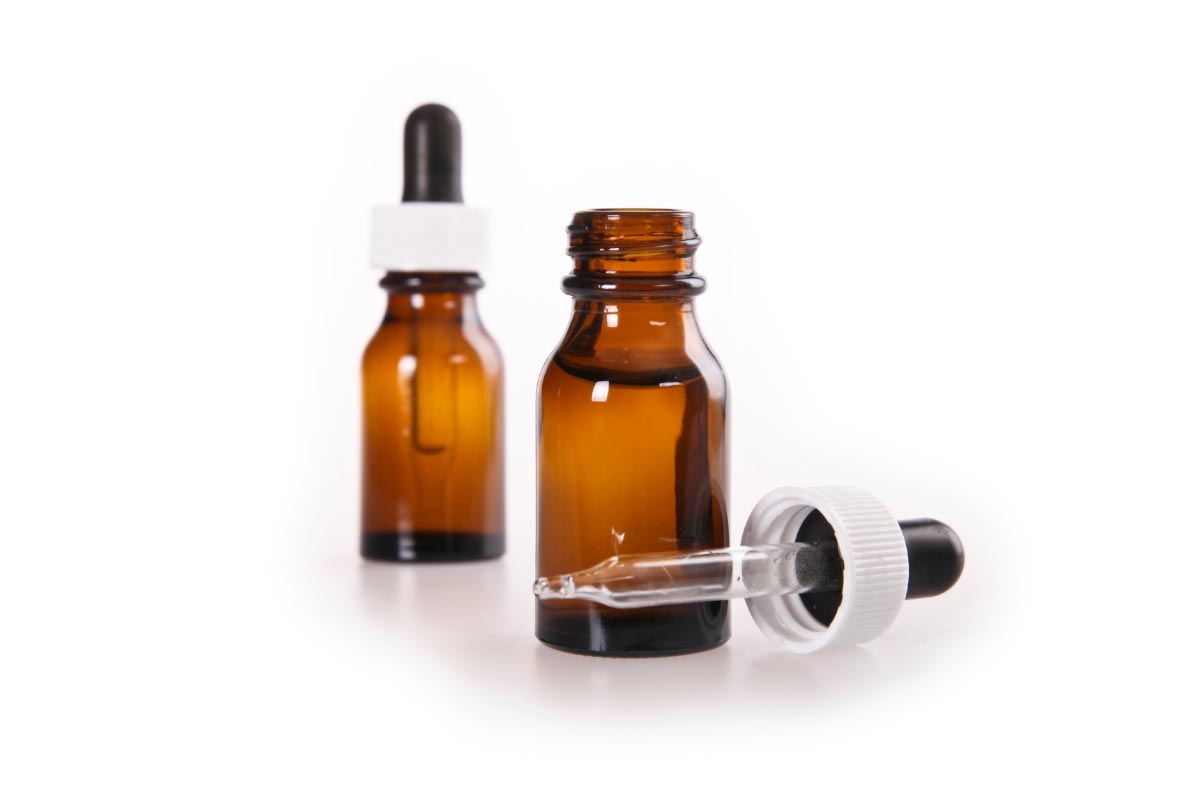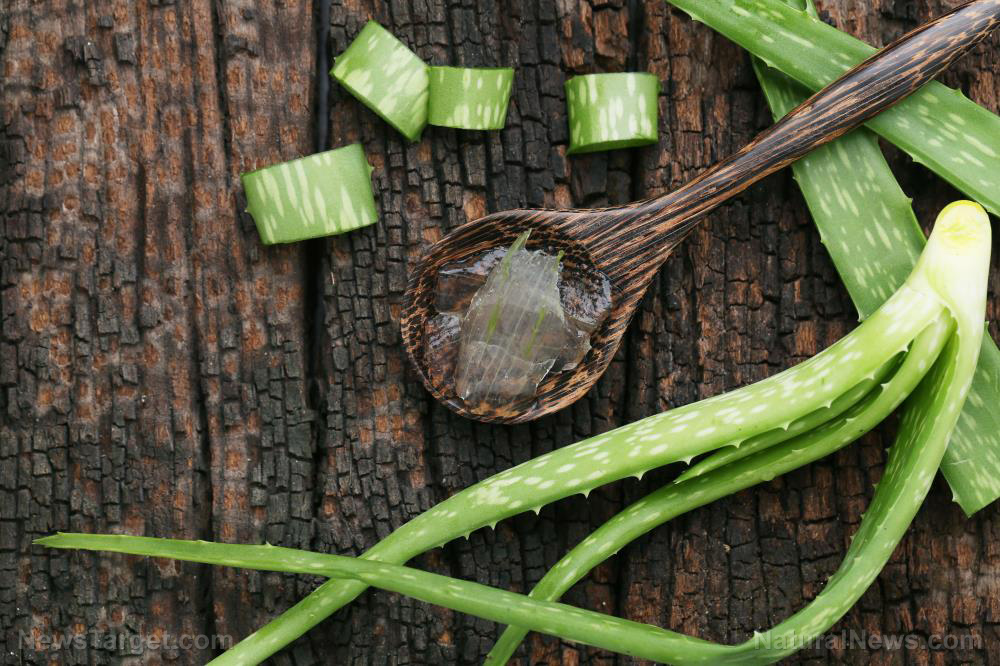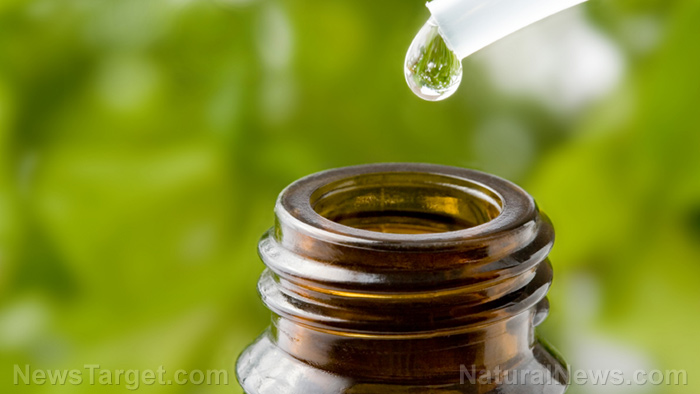Can this East Asian shrub help reduce the harmful effects of oxidative stress? Study explains
02/16/2020 / By Evangelyn Rodriguez

Lindera glauca is a medicinal shrub with a variety of uses. Besides being an excellent condiment and food flavoring, L. glauca is also used in the manufacturing industry and in traditional medicine. A recent study published in the Journal of Medicinal Food investigated the antioxidant and protective effects of L. glauca stem extracts (LGS) against oxidative stress. In it, researchers from Konkuk University in South Korea reported that besides preventing lipid peroxidation and decreasing the production of free radicals, LGS also increases the activities of antioxidant enzymes. These make the plant a great natural remedy for preventing diseases, as oxidative stress is closely linked to the onset of chronic and inflammatory conditions.
L. glauca protects against oxidative stress
Oxidative stress is caused by an imbalance between the production of reactive oxygen species (ROS) — unstable and highly reactive molecules also known as free radicals — and antioxidants. Antioxidants are compounds that stop harmful free radicals from damaging cells and are part of the body’s natural defenses. Low levels of antioxidants give ROS free rein to wreak havoc to cell components, resulting in inflammation that could become chronic. Chronic inflammation is a common factor in many diseases, including cancer.
For their study, the researchers compared the antioxidant properties of the water (LGSW) and ethanol (LGSE) extracts of L. glauca by determining the compounds responsible for their antioxidant activities. They also assessed the antioxidant properties of both extracts using 2,2?-azinobis-(3-ethylbenzothiazoline-6-sulfonic acid) (ABTS) radical scavenging activity and ferric reducing antioxidant power (FRAP) assays.
The researchers reported that both LGSW and LGSE strongly inhibited lipid peroxidation. Lipid peroxidation refers to oxidative damage caused by free radicals that affects cell membranes, lipoproteins and other lipid-containing molecules in conditions with oxidative stress. Compared with LGSW, LGSE increased the viability of Chang cells (liver cell line) and decreased intracellular ROS levels after treatment with tert-butyl hydroperoxide to induce oxidative stress. LGSE also increased the activities of antioxidant enzymes, such as catalase, glutathione S-transferase, glutathione peroxidase and superoxide dismutase, by increasing their expression in a zebrafish model of oxidative stress.
Based on these results, the researchers concluded that the ethanol extract of L. glauca can protect cells against oxidative stress, thanks to its antioxidant polyphenol and flavonoid content.
Natural ways to reduce oxidative stress
Although cells naturally produce free radicals as part of normal metabolic processes, they also produce antioxidants to counter these harmful molecules and maintain balance. However, several factors could trigger an imbalance in their production, such as poor diet and lifestyle choices, as well as environmental factors like pollution and UV radiation. Smoking, alcohol consumption and certain medications also increase your risk of chronic oxidative stress. (Related: Have you tested your levels of oxidative stress and anti-oxidant biomarkers?)
Fortunately, there are natural ways to help your body reduce or prevent oxidative stress and associated diseases. Here are some lifestyle and dietary measures for you to follow: (h/t to MedicalNewsToday.com)
- Eat a healthy, balanced diet rich in fruits and vegetables, which are excellent sources of antioxidants.
- Limit your intake of red meat and processed foods, especially those that contain high amounts of sugars, fats and sodium.
- Exercise regularly and become physically active.
- Quit smoking and drinking.
- Reduce stress by spending time in nature, listening to music or practicing mind-body exercises like yoga and meditation.
- Avoid or reduce your exposure to harmful chemicals, UV rays and pollution.
Oxidative stress has serious health consequences, but it is preventable. To maintain good health and reduce your risk of developing diseases, maintain a healthy body weight, exercise regularly and eat plenty of antioxidant-rich fruits and vegetables.
Sources include:
Tagged Under: alternative medicine, antioxidants, herbal medicine, Herbs, Lindera glauca, medicinal plants, natural cures, natural medicine, Naturopathy, oxidative stress, phytonutrients, plant medicine, prevention, research
RECENT NEWS & ARTICLES
PlantMedicine.News is a fact-based public education website published by Plant Medicine News Features, LLC.
All content copyright © 2018 by Plant Medicine News Features, LLC.
Contact Us with Tips or Corrections
All trademarks, registered trademarks and servicemarks mentioned on this site are the property of their respective owners.


















